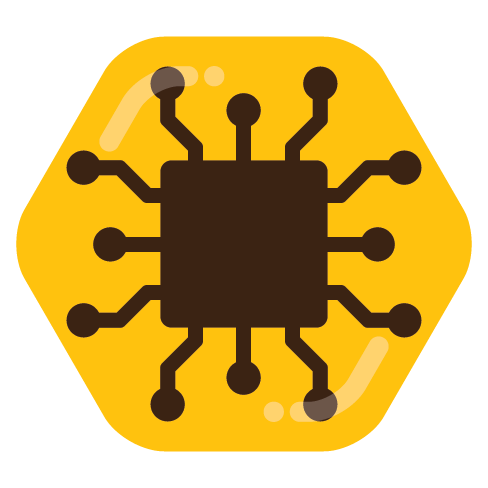

https://en.wikipedia.org/wiki/Ouija
The Ouija (/ˈwiːdʒə/ ⓘ WEE-jə, /-dʒi/ -jee), also known as a Ouija board, spirit board, talking board, or witch board, is a flat board marked with the letters of the Latin alphabet, the numbers 0–9, the words “yes”, “no”, and occasionally “hello” and “goodbye”, along with various symbols and graphics. It uses a planchette (a small heart-shaped piece of wood or plastic) as a movable indicator to spell out messages during a séance.
Spiritualists in the United States believed that the dead were able to contact the living, and reportedly used a talking board very similar to the modern Ouija board at their camps in Ohio during 1886 with the intent of enabling faster communication with spirits.[2] Following its commercial patent by businessman Elijah Bond being passed on 10 February 1891,[3] the Ouija board was regarded as an innocent parlor game unrelated to the occult until American spiritualist Pearl Curran popularized its use as a divining tool during World War I.[4]
We’ve done it before with similar results.

There’s also istheservicedown.com, but it also appears to rely on CloudFlare.
There’s isitdownrightnow.com, which appears not to use CloudFlare.